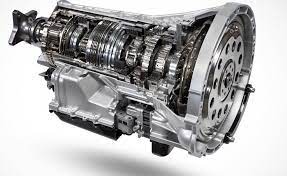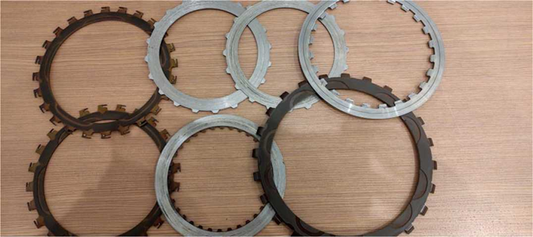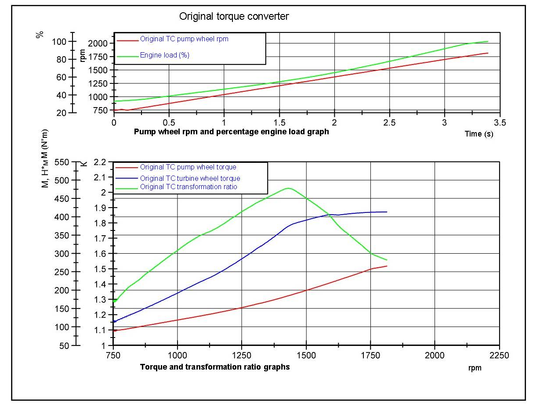Main Symptoms of a Bad Torque Converter
In short, a torque converter is used to transmit torque from engine to transmission. The torque converter housing accommodates a pump wheel rigidly coupled with the rotating engine crankshaft. The fluid acts to transmit the torque from the pump wheel to the turbine wheel and then to the input shaft of automatic transmission. There is quite a lot of information in the Interne on how a torque converter works, so we will not dwell on this and go straight to problems that a faulty torque converter may cause.
Symptoms of a bad torque converter
Symptoms of a bad torque converter are often misinterpreted, thus many conclude that they have problems with transmission. As a result, the car owner may pay thousands of rubles for replacement of a good transmission. And if you could immediately understand that problem is a bad torque converter, you could save a lot because replacement of this unit is much cheaper.
In some cases of a bad torque converter, oil temperature rises, and consequently, load on the remaining elements of car transmission increases. The worst thing is that a system generates too much heat, and this is fraught with many other problems.
Given below are the main symptoms of a bad torque converter:
1. Torque converter interlocking error codes
One of the common problems is worn friction pad of torque converter. The friction pad gets worn out during operation of torque converter lock-up clutch. In frequent cases, it gets worn out completely and touches metal surfaces of interlocking piston and the front cover of a torque converter. This process generates a large amount of heat and metal chips. This fault is most critical for operation of automatic transmission as a whole since the chips that appear enter all transmission elements and render them inoperative. First of all, this adversely affect the valve body and all automatic transmission seals. Also, high temperature of the torque converter negatively affects the torque converter journal bearing and often leads to slipping of bush in the oil pump housing. These problems are commonly found on automatic transmissions 2E such as 5HP19, 5HP24.
2. Car power loss effect
Car owners are often faced with such a problem as power loss. As it appears from the name "torque converter", this assembly in certain conditions increases a torque transmitted from engine to transmission. A reactor is used for this purpose. This element changes the direction of fluid, thereby increasing the torque. The reactor housing is mounted on a fixed shaft through the overrunning clutch, and this part often fails. This failure is often caused by overheating of working fluid in the torque converter due to the fact that the car was stuck and its owner tried very hard to get out of a snowdrift or any swamp.
3. Excessive fuel consumption
Another effect that occurs due to a faulty overrunning clutch in case of its jamming is the excessive fuel consumption of the car. In case of jamming in overrunning clutch, the reactor stops rotating freely, thereby creating additional resistance to fluid flow in the torque converter. Additional resistance turns into additional heating of fluid, and results in increase in fuel consumption.
4. Vibrations
Any vibrations when driving at a speed of 50-70 km/h may be due to a bad torque converter. It feels like when driving on a bumpy road, so you can hardly ignore these vibrations. Vibrations arising due to this failure may appear and disappear suddenly. But anyway, when a vibration appears for the first time, you should go to a car repair shop to check the transmission. This problem is commonly found on BMW, AUDI, Land Rover (Discovery) with automatic transmission 6HP26, 8HP55, 8HP70, and Toyota with automatic transmission U660, U760.
5. Abnormal noise
A bad torque converter can make a great variety of abnormal noises. For example, it may be a whistling sound like that occurs when the fluid level in the power steering pump gets low. There may also be a hum caused by bad bearings. Destroyed bearings often cause metal parts in the torque converter to touch each other. This fault occurs as a ringing noise.
All these faults are directly associated with the torque converter and timely repair of this assembly, plus washing of automatic transmission to remove torque converter wear products, where necessary, will help a car owner to save a great deal of money.



